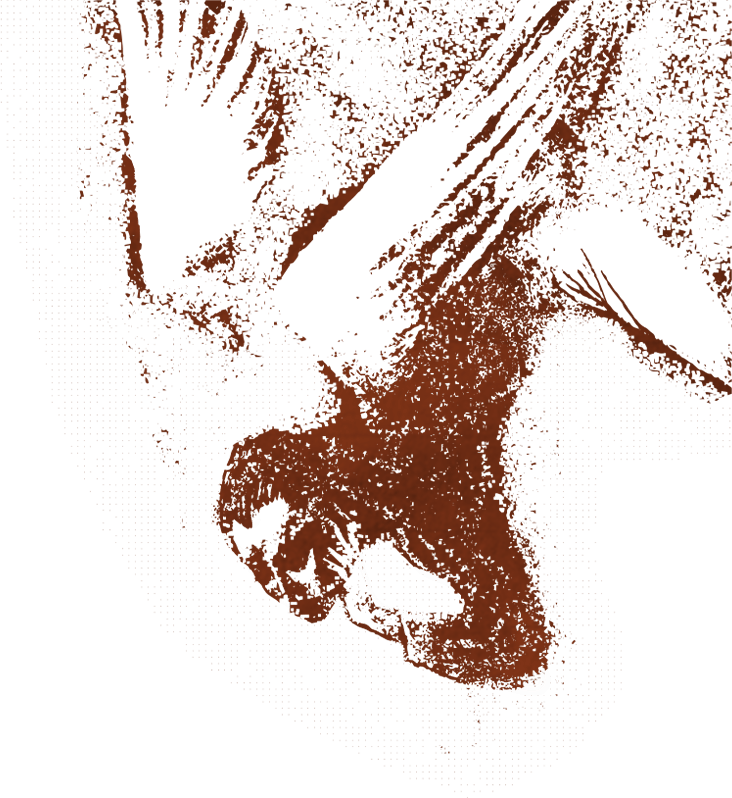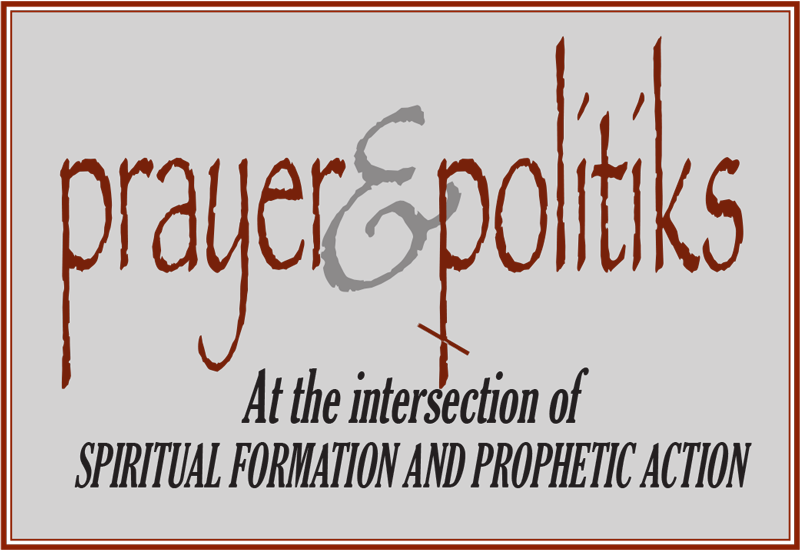Ken Sehested
We must acknowledge the essential defect in the just war tradition, which is the assumption that violence can
somehow achieve justice. And we must with equal courage acknowledge the essential defect in pacifism,
which is the assumption that justice can somehow be achieved simply by opposing violence.
—Ivan J. Kauffman, “If War is Wrong, What is Right? The New Paradigm”[1]
Ever since Pope Francis was selected to lead the Holy See three years ago, the Roman Catholic Curia watchers have had a field day with his many uncommon statements and actions. The most recent bustle had US presidential candidate Bernie Sanders speaking at a Vatican conference on economic inequality, just days after the issuance of Amoris Laetitia (“The Joy of Love”), a papal exhortation reframing the plight of divorced Catholics and “all those living in any ‘irregular situation.’”
Almost lost in news coverage was the groundbreaking conference, “Nonviolence and Just Peace: Contributing to the Catholic Understanding of and Commitment to Nonviolence” (11-13 April), jointly co-sponsored by the Pontifical Council for Justice and Peace and Pax Christi International, the unofficial global Roman Catholic peace network. What’s at stake—with an unclear outcome—is the Church’s 1,700 year-old “just war” doctrine, traced back to St. Augustine in the 4th century and systematized by Thomas Aquinas in the 13th century. It outlines precise criteria as to when violence can be morally justified in opposing oppression.
Read more ›


 Today we leave behind the bold drama and bright colors of the church year’s mountain range—Advent to Christmas, Ash Wednesday to Easter, all setting the stage for yesterday’s Pentecostal flames. (See the special artwork at bottom.) Now we descend to the plains of “ordinary” time and muted earth tones.
Today we leave behind the bold drama and bright colors of the church year’s mountain range—Advent to Christmas, Ash Wednesday to Easter, all setting the stage for yesterday’s Pentecostal flames. (See the special artwork at bottom.) Now we descend to the plains of “ordinary” time and muted earth tones.
